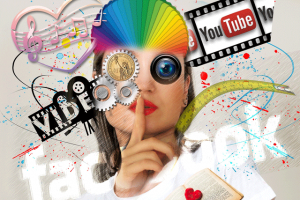
You've decided to join the Social Media revolution - Welcome dear friend!
So how do you make a profile photo that will look good? The secret begins with ALWAYS working on a copy of the original photo! You always want to work on the highest quality version of your photo because it contains the most details and will produce the best results.
To edit your photo, open it up in your favourite photo editor. If you don't have one, see a list of Photo Editors below.
I have also created simple instructions on Changing your Facebook Profile Photo.
- Start by getting rid of anything you don't want in the photo, fixing it, getting rid of red-eye and adjusting the colours, saturation, brightness and contrast.
- Crop your photo by trimming off anything that you don't want included. This will also make you bigger in the final photo and will eliminate the distracting and irrelevant environment.
- Resize the photo. Be sure to keep the "maintain ratio" or "proportionately" check-box enabled in order not to distort the image. Keep in mind that, when you reduce its size, small details become tiny details and tiny details may disappear completely.
Once you are happy with your photo, save and upload it to your favourite social media site.
You can use a corporate logo instead of your photo, but if you do, just be sure that it doesn't violate the website's acceptable use policy or you may wake up to find your account closed or disabled which would not be good for business.
Photography & Cropping Quick Tips
Professional headshots look best when the person is in the centre of the photo, with the eyes about 1/3 of the way from the top and the bottom of the frame around the middle of the chest. Never cut a photo on a joint such as a neck, elbow, waist, wrist or knee if at all possible. Most people look best when facing slightly to one side and slightly down but looking directly into the camera. Google Head shot to see examples.
Required Photo Sizes
Here is a list of the optimal dimensions in pixels. Be sure to look for the most recent standards as these dimensions change every once in a while.
- Digg: 120 x 120.
- Facebook Cover Photo: 851 x 315. Tip: Recommend that it be less than 100 KB.
- Facebook Profile Photo: 180 x 180. Note: Facebook will resize your photo to 160 x 160.
- Google+ Cover Photo: 940 x 180. Tip: Can be animated using a GIF type file.
- Google+ Profile Photo (Avitar): 250 x 250.
- Google+ Photostrip: 125 x 125.
- LinkedIn Profile Photo: 500 x 500 but no less than 80 x 80. Note: File must be less than 4 MB.
- LinkedIn Standard Logo/Photo: 100 x 60 or 60 x 30. Note: File must be less than 2 MB.
- LinkedIn Rotating Spotlight Banner: 640 x 220. Note: You can have up to 3 images. Each file must be less than 2 MB.
- Twitter Profile Photo: 128 x 128. Note: File must be less than 700 KB.
- YouTube: 100 x 100.
Looking for profile photo information for other social media sites? Use Google to search for Profile Photo dimensions [social media site name]. For example, profile photo dimensions linkedin.
Photo Editors
Although you can do this using MS Paint that comes included with Windows, Paint.NET or similar program, you'll see best results if you resize your photo in Photoshop or Irfanview.
If you'd rather not install anything on your computer, try one of the online photo editors such as Pixlr (advanced features) , Pixlr Express (easier). Some tools are especially made for profile photos such as:
- Clever Cover for Facebook and Google+. Makes your profile photo part of the cover photo.
- MyPictr crop and resize your photo for various networks. Be sure to double check the default sizes as some are outdated and will need to be entered manually.
Once you are finished editing the photo, save it as a .JPG type file and upload it to the appropriate social networking site. If you followed the instructions above, the file byte size should not be a problem.

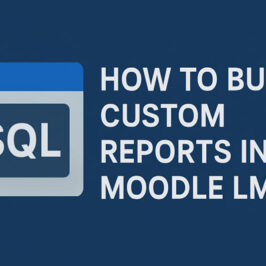

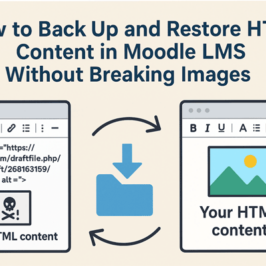

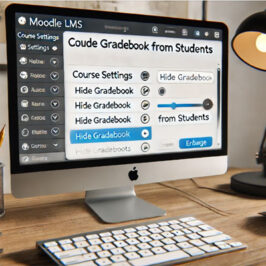
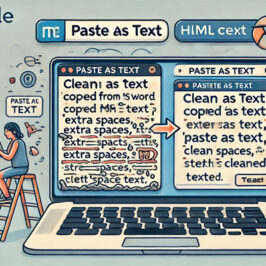
Add a comment: